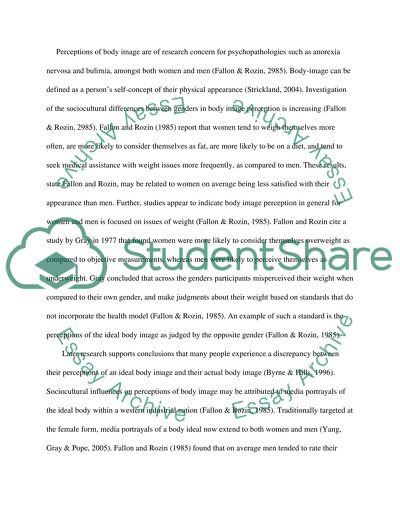Cite this document
(Individual Perception of Body Image Lab Report Example | Topics and Well Written Essays - 1750 words, n.d.)
Individual Perception of Body Image Lab Report Example | Topics and Well Written Essays - 1750 words. https://studentshare.org/psychology/1509302-psychology-laboratory-report
Individual Perception of Body Image Lab Report Example | Topics and Well Written Essays - 1750 words. https://studentshare.org/psychology/1509302-psychology-laboratory-report
(Individual Perception of Body Image Lab Report Example | Topics and Well Written Essays - 1750 Words)
Individual Perception of Body Image Lab Report Example | Topics and Well Written Essays - 1750 Words. https://studentshare.org/psychology/1509302-psychology-laboratory-report.
Individual Perception of Body Image Lab Report Example | Topics and Well Written Essays - 1750 Words. https://studentshare.org/psychology/1509302-psychology-laboratory-report.
“Individual Perception of Body Image Lab Report Example | Topics and Well Written Essays - 1750 Words”. https://studentshare.org/psychology/1509302-psychology-laboratory-report.


